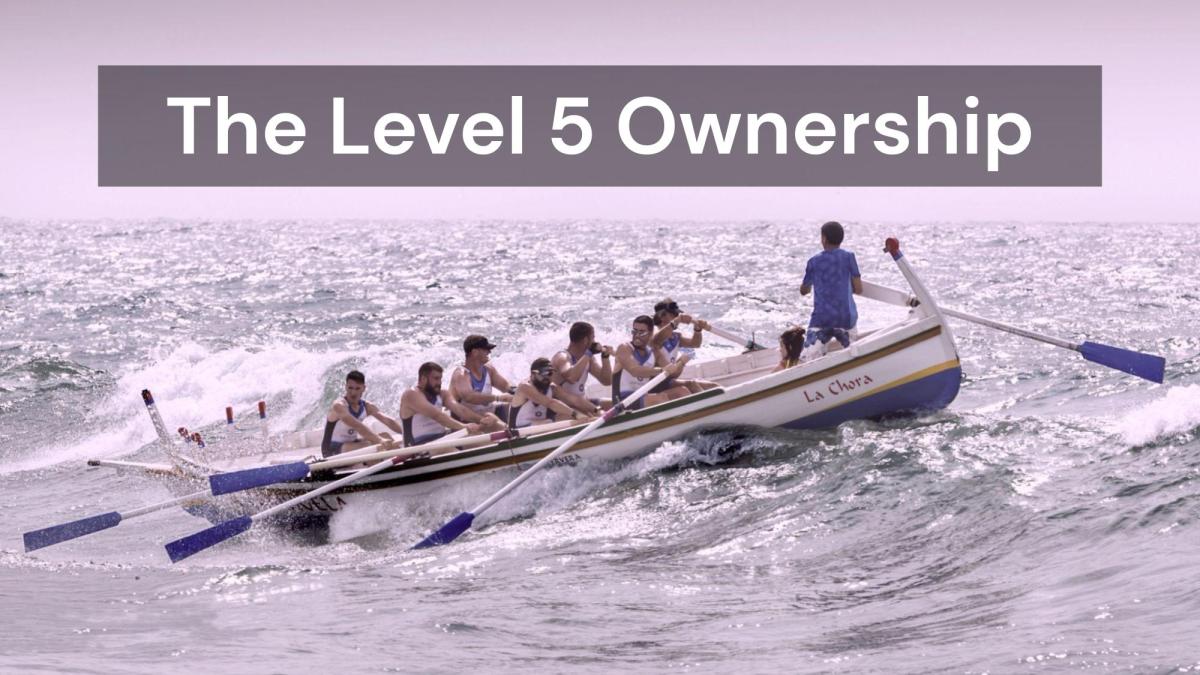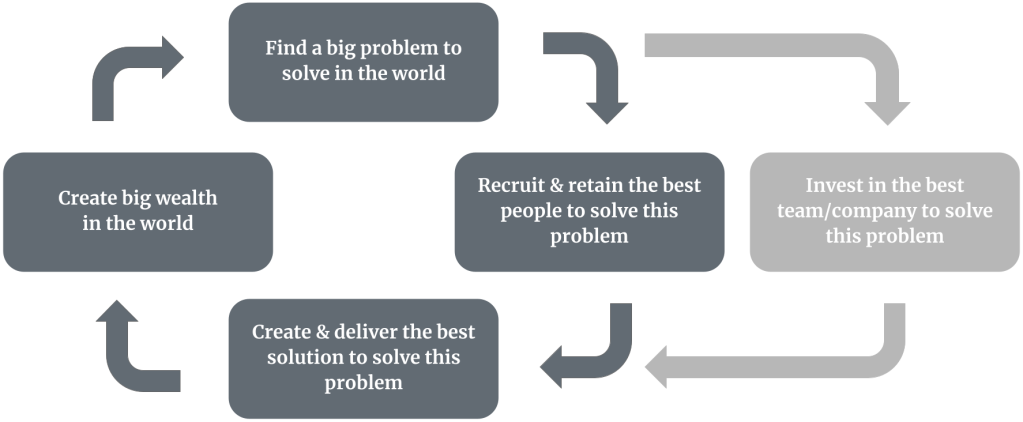Today, I came across an interview with Jerry Seinfield that left an impression on me. One paragraph in particular stood out:
If you’re efficient, you’re doing it the wrong way. The right way is the hard way. The show was successful because I micromanaged it—every word, every line, every take, every edit, every casting. That’s my way of life.
Jerry Seinfield

This reminded me of an essay by Joel Spolsky. In our work, we encounter many professionals who excel at “abstractions,” or what some might call “strategic” thinking. I must admit, I enjoy these abstractions. The process of moving up the layers of abstraction can be intellectually satisfying and enlightening.

This is not limited to professional work, but also extends to academia, where physicists are still searching for the Grand Unified Theory. We find patterns everywhere; our brains are pattern recognition & recall machines. We encode discrete experiences into abstract models so we can efficiently recall and apply them to our lives for swift decisions and actions. The right models can provide useful insights and even forecast the future to a certain degree.

However, just like an AI model that is versatile can still lose the exact details of the reality, high-level abstraction models can prevent us from being effective “where the rubber meets the road” especially when it comes to building your startup.
Most of these abstractions may not prove useful when faced with the question, “So what are we going to do here?” when supplied with the messy context of reality. Even worse, when someone is fixated on their model, reality itself may no longer be of interest to them.

As builders, we must recognize that while deriving insights and models will be useful for the future, we must also understand the constraints and context of the reality in which we operate to be effective. The only way to make a difference is to execute based on the cold, harsh reality and problem-solve, sometimes at the lowest level of detail.

I will end with a small story shared by Vic Gundotra, former VP at Google, about one of his experiences working with Steve Jobs, titled “Icon Ambulance.”:
One Sunday morning, January 6th, 2008 I was attending religious services when my cell phone vibrated. As discreetly as possible, I checked the phone and noticed that my phone said “Caller ID unknown”. I choose to ignore.
After services, as I was walking to my car with my family, I checked my cell phone messages. The message left was from Steve Jobs. “Vic, can you call me at home? I have something urgent to discuss” it said.
Before I even reached my car, I called Steve Jobs back. I was responsible for all mobile applications at Google, and in that role, had regular dealings with Steve. It was one of the perks of the job.
“Hey Steve – this is Vic”, I said. “I’m sorry I didn’t answer your call earlier. I was in religious services, and the caller ID said unknown, so I didn’t pick up”.
Steve laughed. He said, “Vic, unless the Caller ID said ‘GOD’, you should never pick up during services”.
I laughed nervously. After all, while it was customary for Steve to call during the week upset about something, it was unusual for him to call me on Sunday and ask me to call his home. I wondered what was so important?
“So Vic, we have an urgent issue, one that I need addressed right away. I’ve already assigned someone from my team to help you, and I hope you can fix this tomorrow” said Steve.
“I’ve been looking at the Google logo on the iPhone and I’m not happy with the icon. The second O in Google doesn’t have the right yellow gradient. It’s just wrong and I’m going to have Greg fix it tomorrow. Is that okay with you?”
Of course this was okay with me. A few minutes later on that Sunday I received an email from Steve with the subject “Icon Ambulance”. The email directed me to work with Greg Christie to fix the icon.
Since I was 11 years old and fell in love with an Apple II, I have dozens of stories to tell about Apple products. They have been a part of my life for decades. Even when I worked for 15 years for Bill Gates at Microsoft, I had a huge admiration for Steve and what Apple had produced.
But in the end, when I think about leadership, passion and attention to detail, I think back to the call I received from Steve Jobs on a Sunday morning in January. It was a lesson I’ll never forget. CEOs should care about details. Even shades of yellow. On a Sunday.
To one of the greatest leaders I’ve ever met, my prayers and hopes are with you Steve.
– Vic (his original post is no longer available due to Google+ being discontinued for consumer/personal users)










You must be logged in to post a comment.